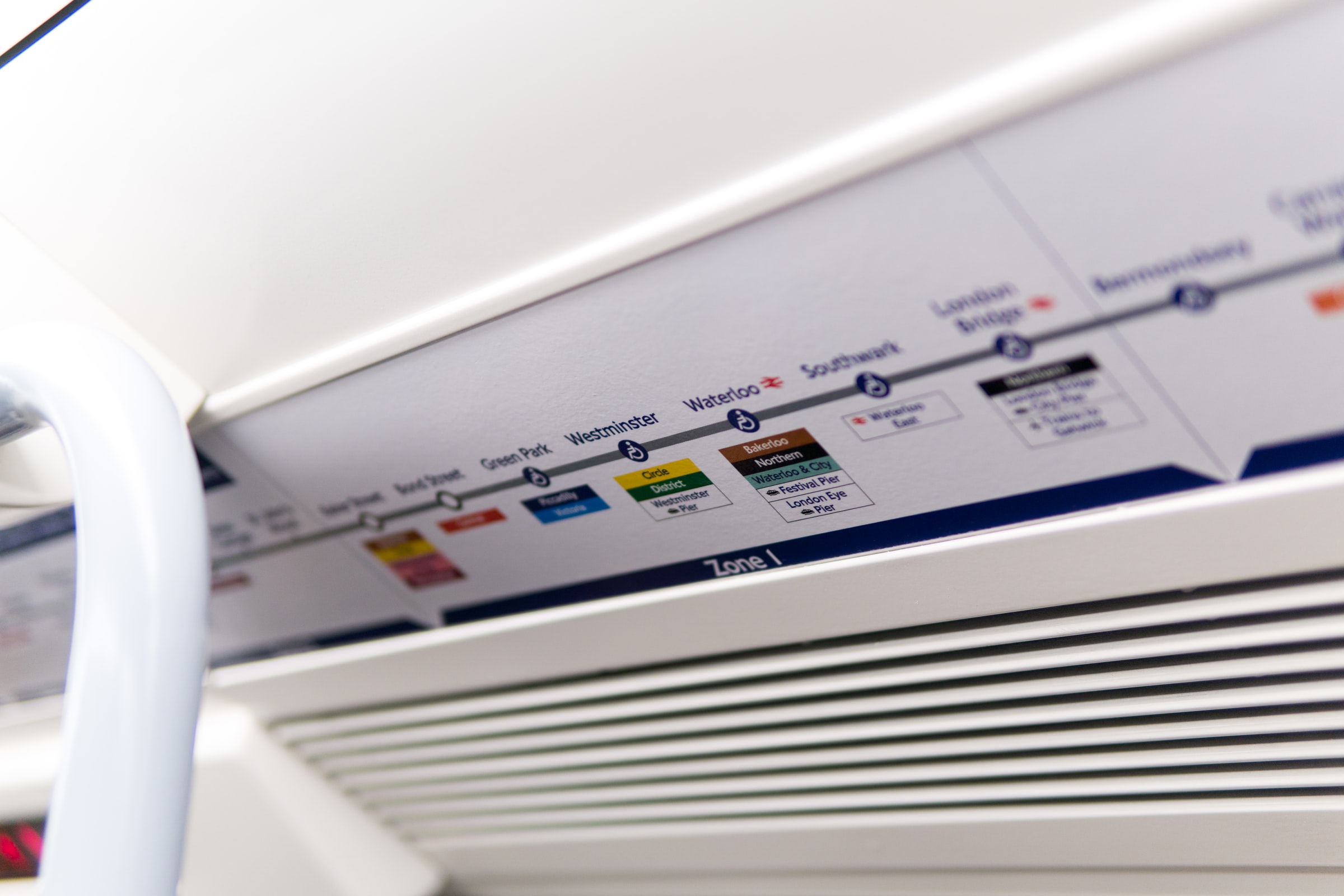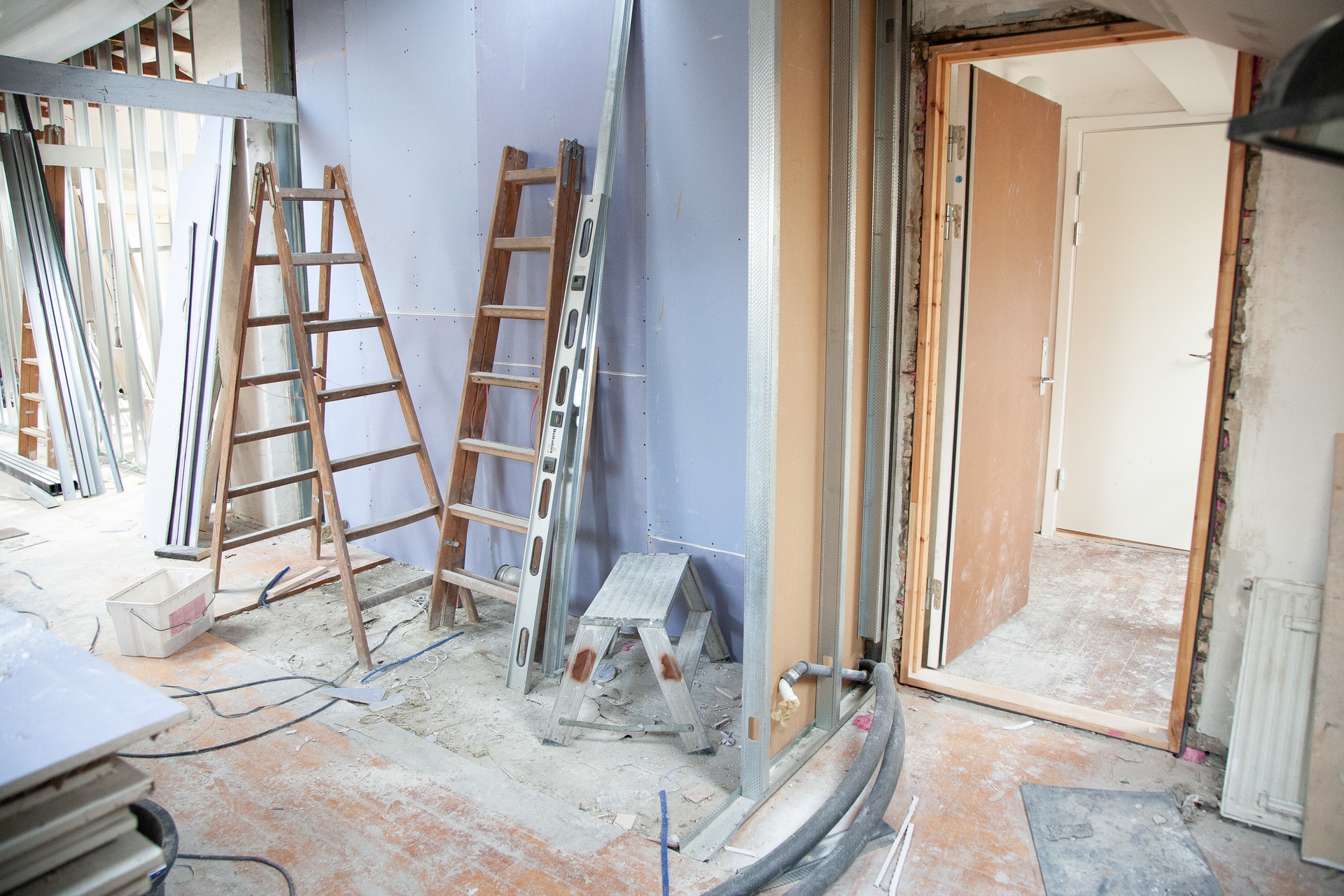Landlord Blog
Education and news for smart DIY landlords!
The Biggest Mistakes Many First Time Homebuyers Make (And What To Do Instead) - Part 1

The sad reality about being a homeowner is that you don’t have a manual for being a good one. You could say the same about the home you bought. There is also no manual on how to take good care of it. Seasoned homeowners learn the hard way by paying up for their mistakes.
Here, we’re going to skip the “learn through mistakes” part by discussing which of the costliest hardships other new homeowners have experienced. You’ll also learn what to do in order to avoid these problems.
1. Ignoring routine maintenance

A new home doesn’t mean everything is new. There are some parts of the house that aren’t current-gen technology or built with factory-new materials. Appliances like HVACs don’t clean themselves and need to have their air filter replaced regularly to save energy costs.
Roof gutters need to be clear of leaves and debris to prevent rot and rust. Not doing routine maintenance can lead to costly repairs. Research how often a part of your home should be checked, how to do it yourself, and buy the right maintenance tools to avoid paying for labor.
2. Calling the repairman with the wrong specialty
Let’s just say you failed to do routine maintenances despite being warned on #1. Then you added more salt to your wound by calling the wrong repairman. Not only did your problem worsen, but you also added more repair costs to your monthly expenses.
At least try to gain a rudimentary understanding first of what’s wrong with the house. Do more research if necessary. Call the right professional for the problem and not the Ghostbusters (meme intended). It’s easy to mistake a pipefitter for a plumber and vice versa.
3. Buying new furniture right away

So now you’ve moved in. The new house is quite empty or vacant because you’ve also ditched some possessions before moving out of your previous home. And you’re thinking of going to IKEA or Target to buy some furniture with only little savings left in the bank.
Don’t rush your experience as a homeowner. Your neighbors won’t care if your living room isn’t full of furniture yet. Try to save more money first before buying anything. Secure the essentials one by one first such as a dinner table, kitchen appliances, and bed. A couch goes last.
4. Making improvements too soon

In previous articles, we’ve discussed how important it is to paint a house in neutral colors before putting it on a list for sale. It’s because neutral colors help potential buyers imagine the possibilities of how they can inculcate their home design into a house for sale.
Part of the reason you’re going to buy your first home is that you too have been captivated by the “neutral colors” tactic. And this can make you impatient in doing improvement projects right after you move in.
If you have a lot of extra money and don’t mind spending it immediately on improvements, by all means, do it (seriously, don’t fix what’s not broken). Otherwise, save up before starting anything. Don’t subject yourself to living in a paycheck to paycheck lifestyle out of impatience.
There are more mistakes first-time homeowners do that can cause a lot of financial problems. This is a two-part series and the rest of this list will be discussed soon. So stay tuned.
